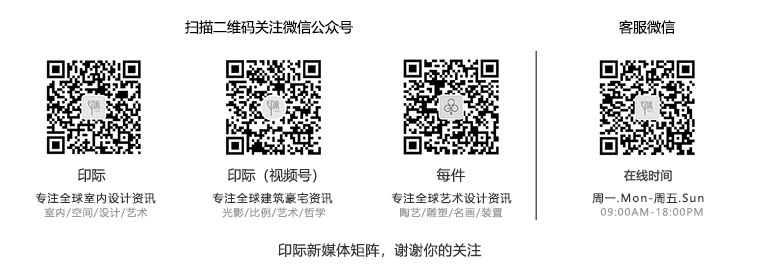Curiosity is a multidisciplinary studio in Tokyo founded by the famous French designer Gwenael Nicolas. The studio constantly redefines the boundaries of design, from interior design to architecture and product design. Not an abstract way, but by working with a large number of companies and customers to create new products, develop new materials and define new design logos, Gwenael Nicolas was born in France in 1966, with a BA in Interior Design in Paris in 1988 and a London in 1991. The Royal College of Art received a master's degree in industrial design. In 2004, he received a master's degree in interior design from E.S.A.G in Paris.
While studying at the Royal College of Art in London, Gwenael Nicolas met several Japanese designers and architects and was obsessed with the oriental art he designed. Immigrated to Japan in 1991. And in 1998, CURIOSITY INC was established. Through his unique and avant-garde interior design, he created a fresh shopping experience for Louis Vuitton, Fendi, Yves Saint Laurent and Shu Uemura.
When Gwenael Nicolas started designing, he was obsessed with making and building a space, but he thought that it missed the theme and meaning of the design. Influenced by Japanese design, Gwenael Nicolas began to think about the moment when people enter the space or use the product, as well as the emotions and experiences they want to express.
Gwenael Nicolas likens his project to perfume because it has multiple levels of intrinsic meaning. The beauty of perfume is that it is related to your memory. When creating a perfume, you can define sequences and incorporate different emotional expressions. The design of the project has two basic principles: space and time. So Gwenael Nicolas incorporates different design emotions at different stages of design. The first layer of emotion is dynamic, full of surprises, the second layer is about sympathy and discovery, and finally focuses on the inner feelings of intimacy and attachment.
Gwenael Nicolas is obsessed with floating, transparent, visually interesting and rotating things. Like light and lighting, the power of light can change and create emotions. See visual objects, pictures, and capture this feeling through the window of the mind, reinterpreting it in the project.
-
10.02020-09-24
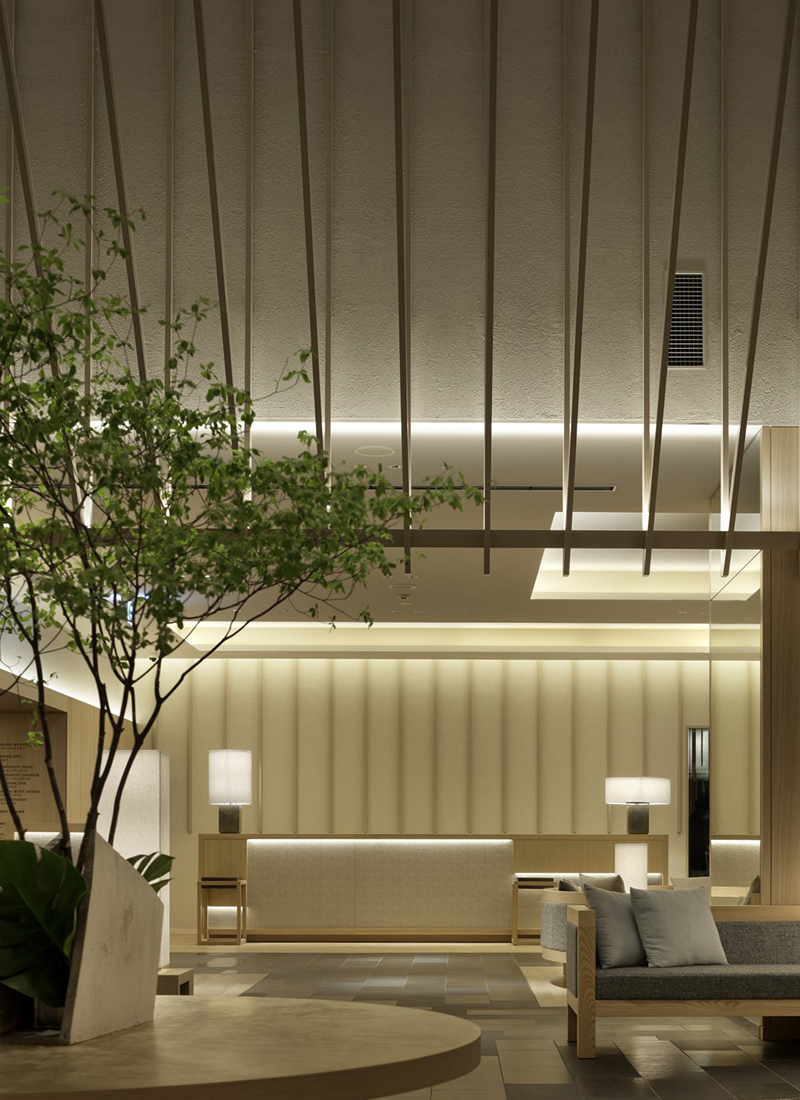
Sorano Hotel
-
9.02018-08-01
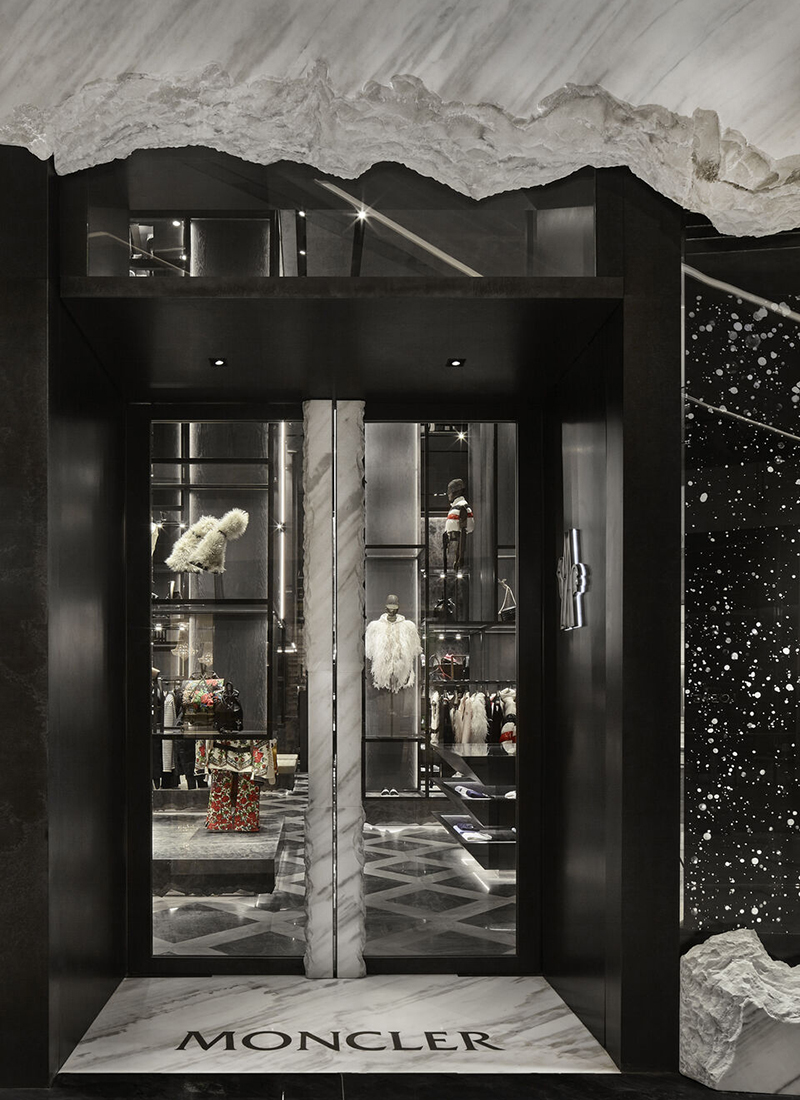
Moncler Dubai Mall
-
9.02018-05-14

Dolce&Gabbana Miami
-
9.02017-06-01
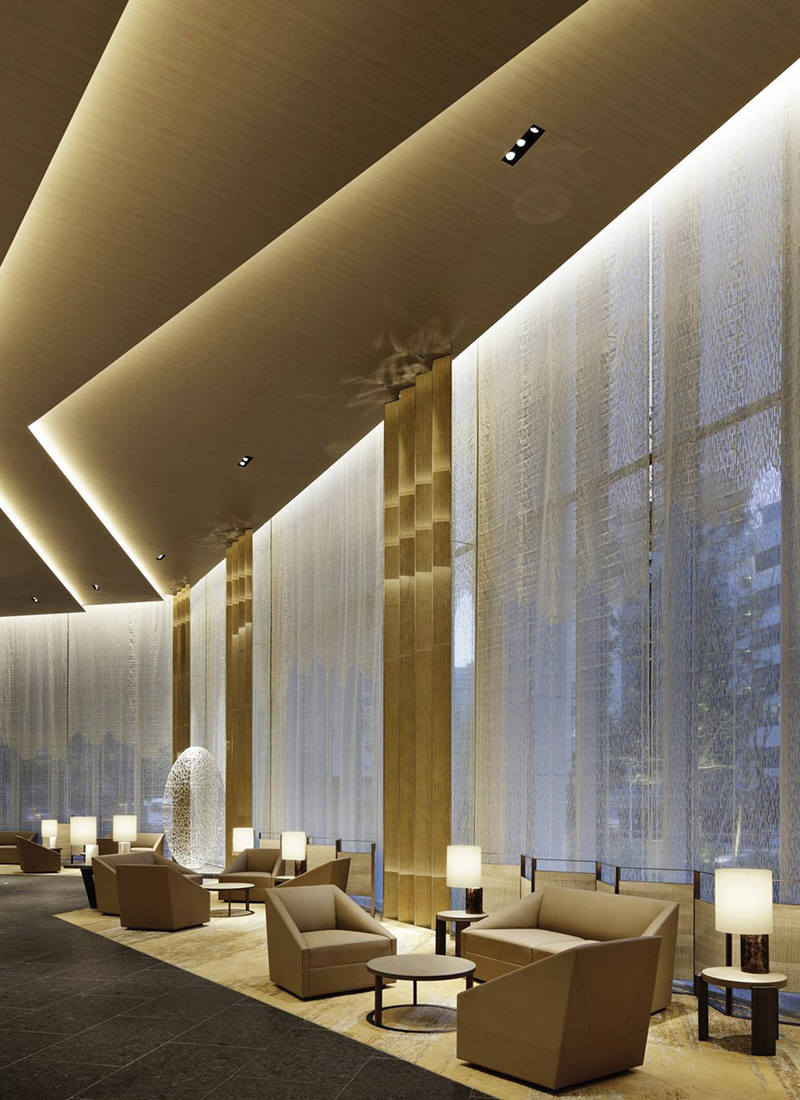
Brillia The Tower
-
9.02016-09-17

Dolce&Gabbana Aoyama
-
8.02016-03-12
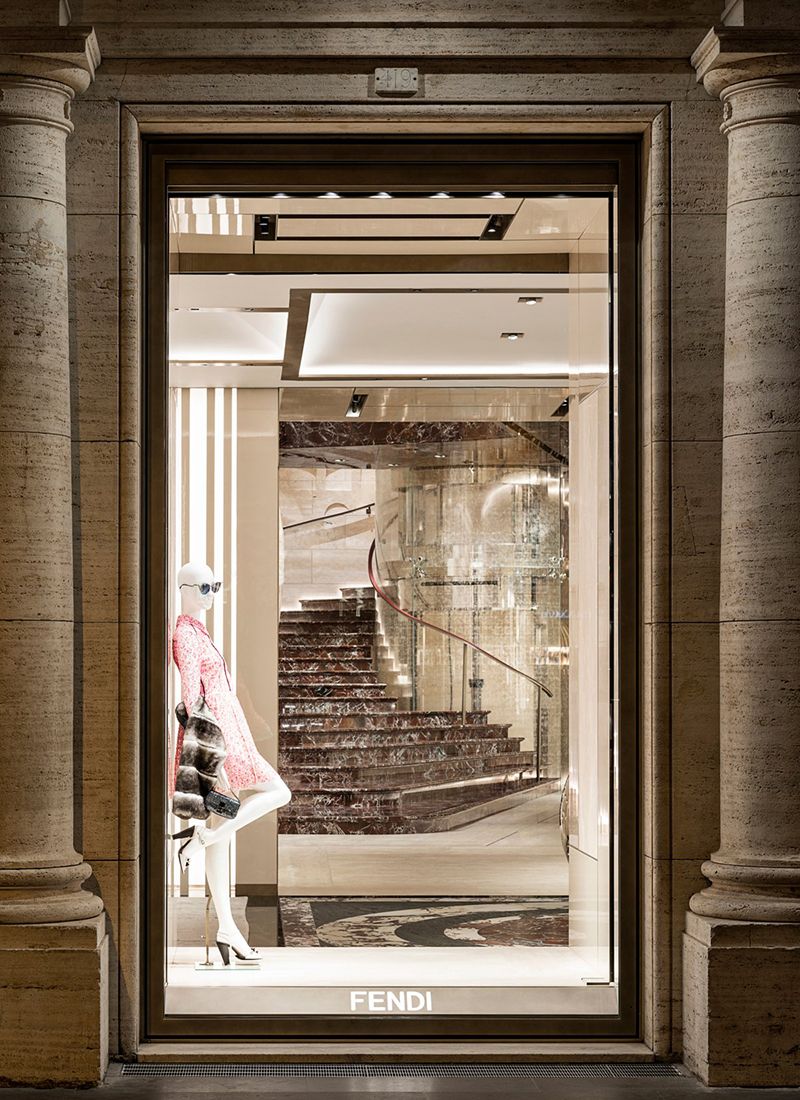
Fendi Palazzo
-
8.02014-10-02

Fendi London
-
8.02014-03-22

Maison Moynat London
-
8.02013-11-02
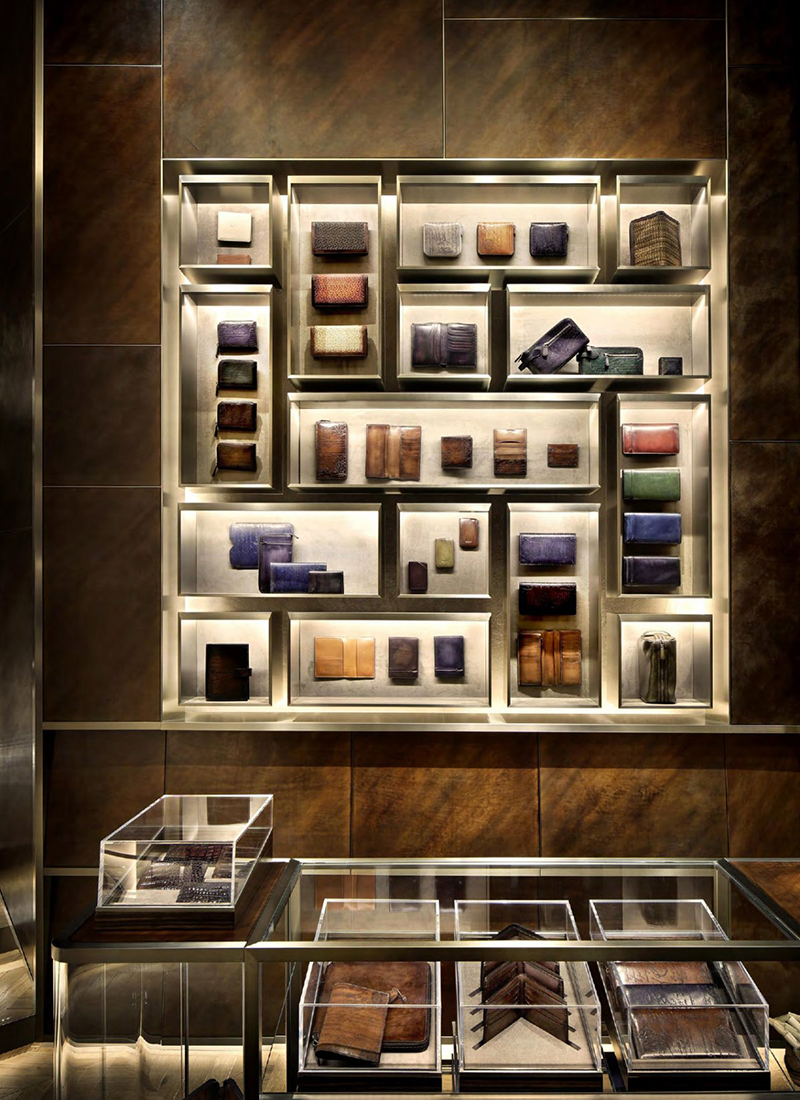
Berluti Ginza
-
8.02013-10-02
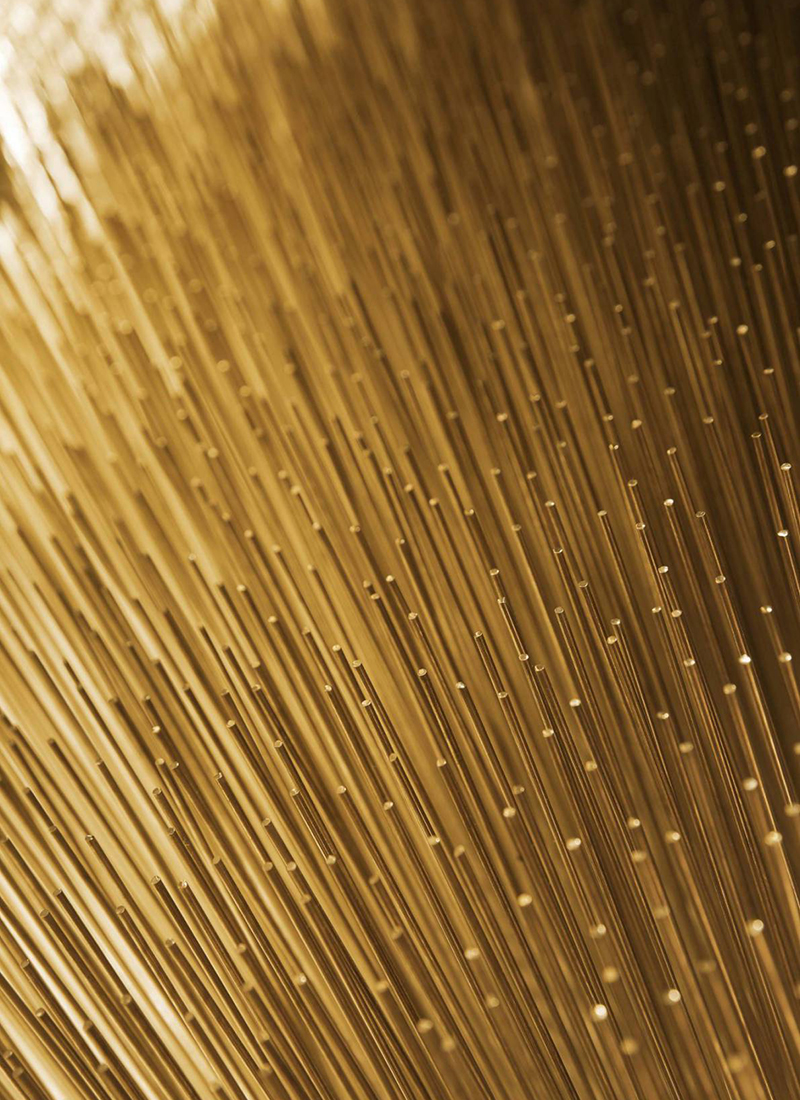
Fendi Montenapoleone











